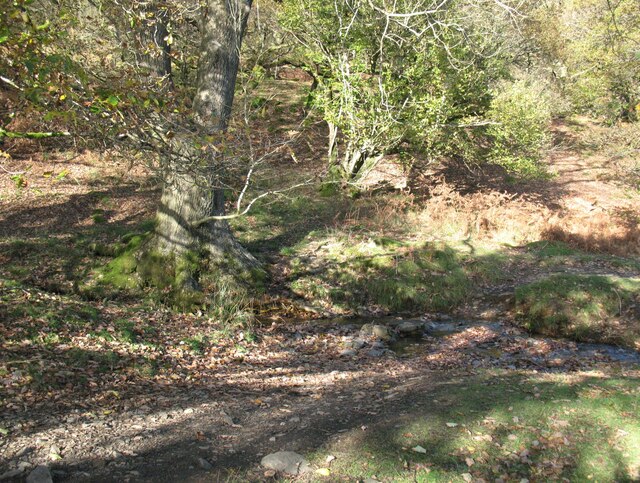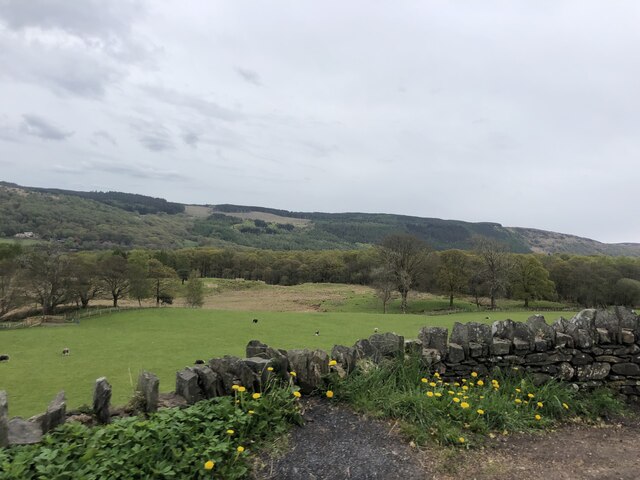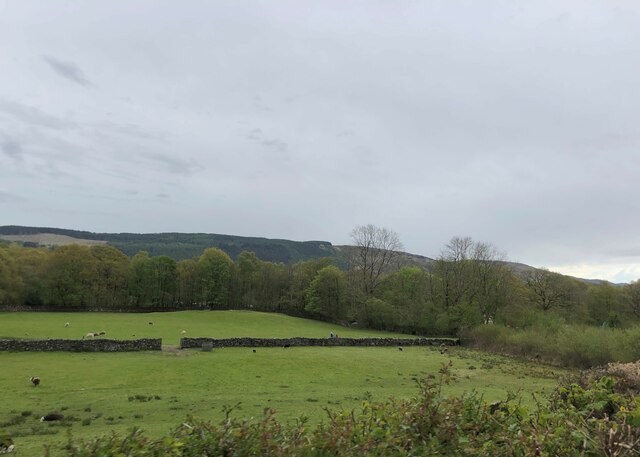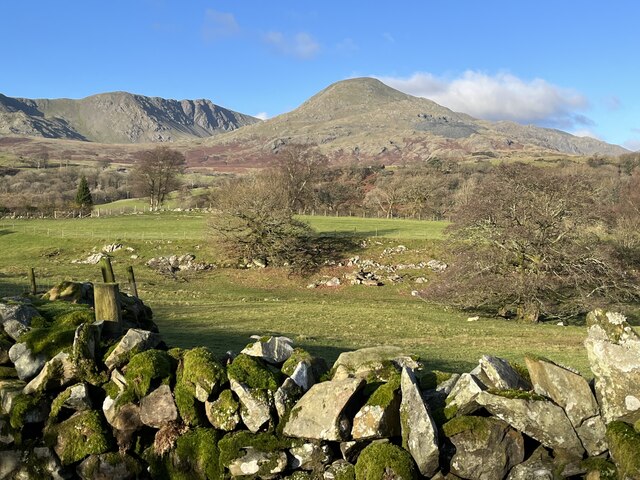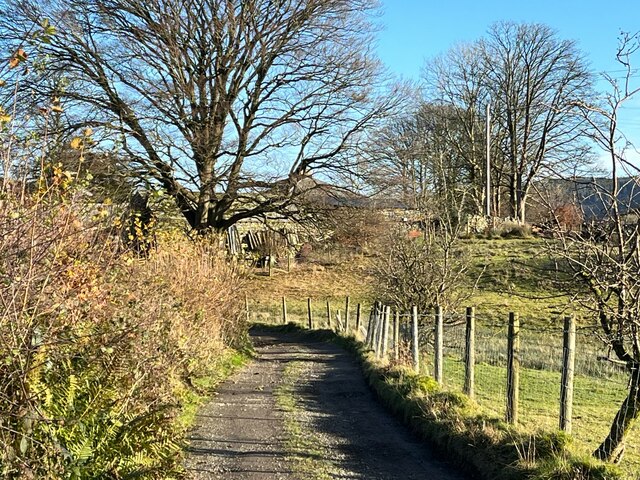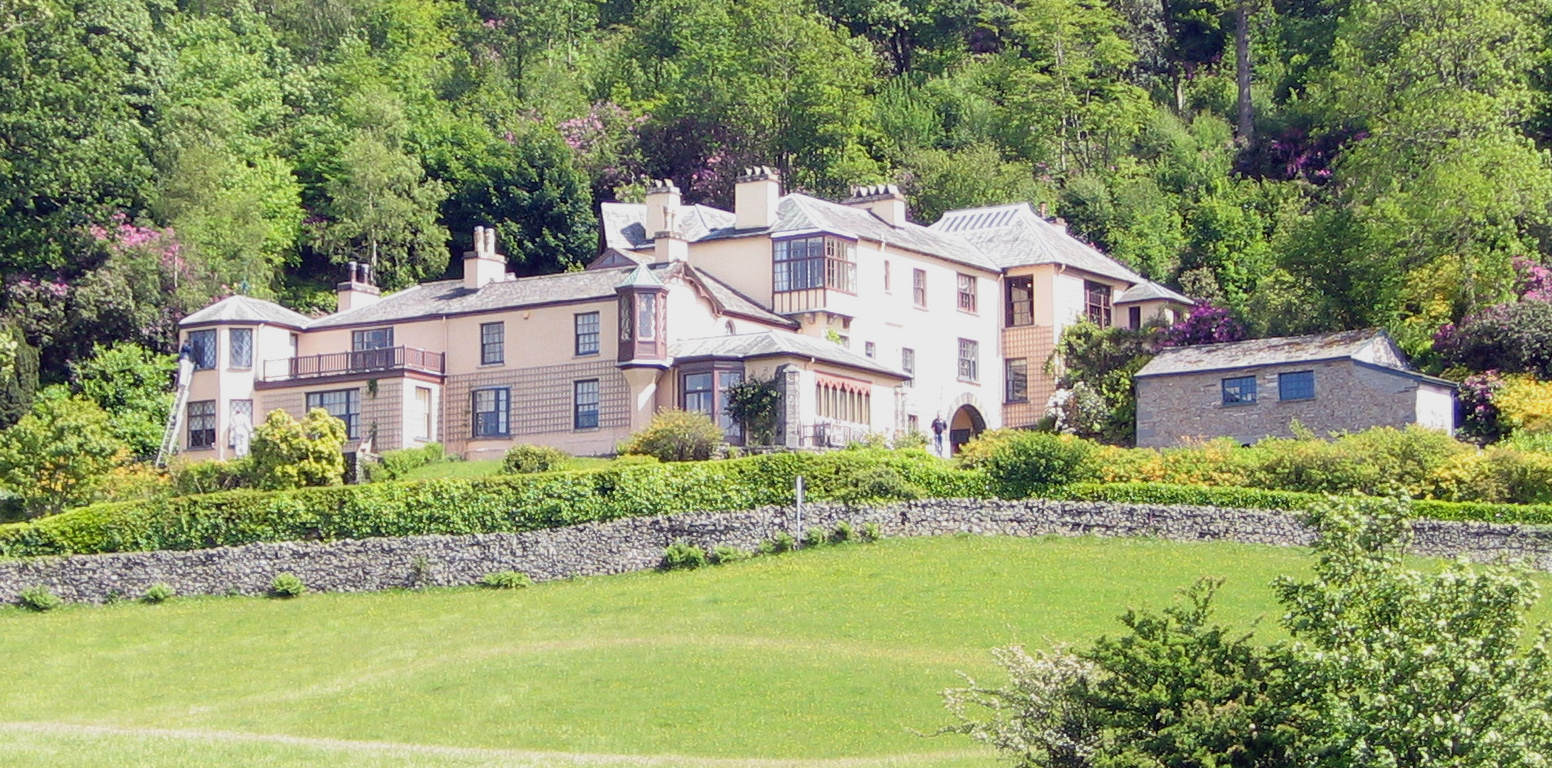Cock Point
Coastal Feature, Headland, Point in Lancashire South Lakeland
England
Cock Point
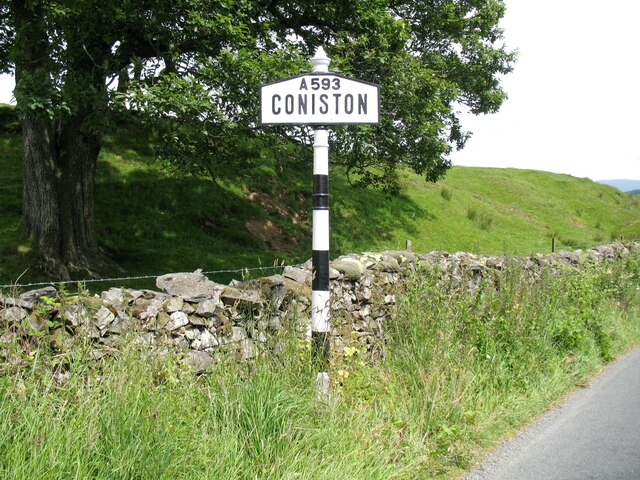
Cock Point is a prominent headland located in Lancashire, England. Situated along the coastline, this geographical feature stands as a defining landmark in the region. Named for its distinctive shape resembling the head of a rooster, Cock Point is a popular destination for locals and visitors alike.
The headland is formed by a combination of sedimentary rocks, predominantly sandstone, which have been shaped over thousands of years by the forces of erosion from the Irish Sea. This geological composition gives Cock Point its characteristic rugged cliffs, which provide stunning views of the surrounding coastline.
The headland is accessible via a coastal path that winds its way around the cliffs, offering visitors an opportunity to explore the area's diverse flora and fauna. The path also leads to a small beach nestled beneath the towering cliffs, providing a secluded spot for sunbathing and picnicking.
Cock Point is renowned for its natural beauty and is a haven for birdwatchers. The headland serves as a nesting ground for various seabirds, including gulls, cormorants, and puffins. Bird enthusiasts can often spot these magnificent creatures perched atop the steep cliffs or soaring gracefully above the crashing waves.
The headland's strategic location also makes it an important navigational point for maritime activities. Ships and boats frequently pass by Cock Point, taking advantage of its prominent position to guide them along the coastline.
In conclusion, Cock Point in Lancashire is a striking coastal feature that boasts rugged cliffs, sandy beaches, and diverse wildlife. Its unique shape and breathtaking views make it a must-visit destination for nature lovers and those seeking a glimpse of Lancashire's stunning coastline.
If you have any feedback on the listing, please let us know in the comments section below.
Cock Point Images
Images are sourced within 2km of 54.343319/-3.0663909 or Grid Reference SD3094. Thanks to Geograph Open Source API. All images are credited.

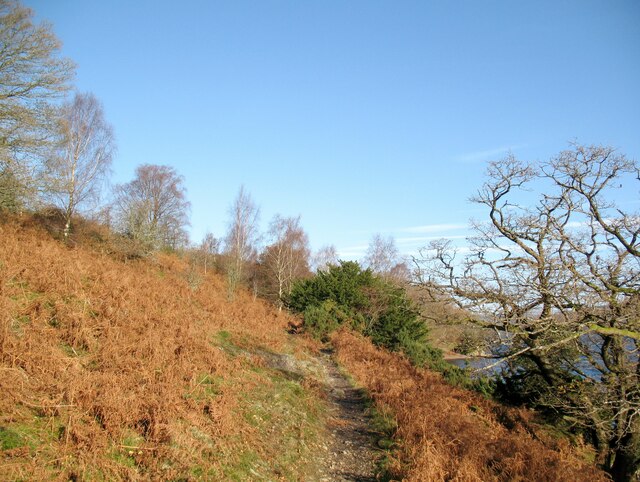
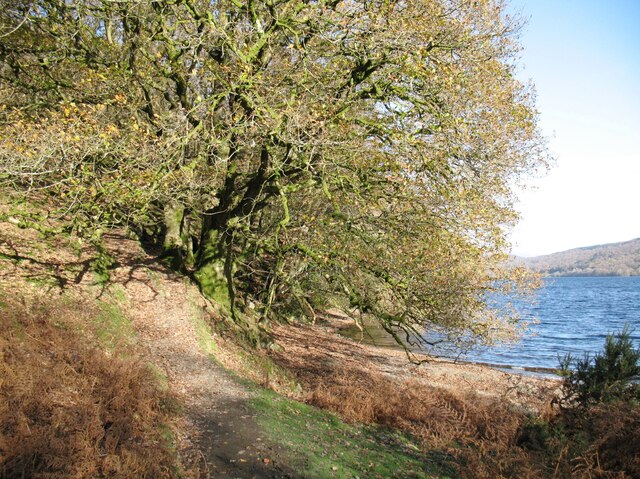
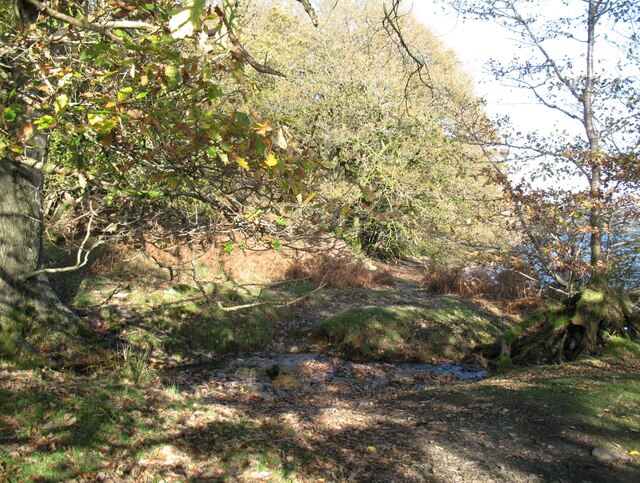
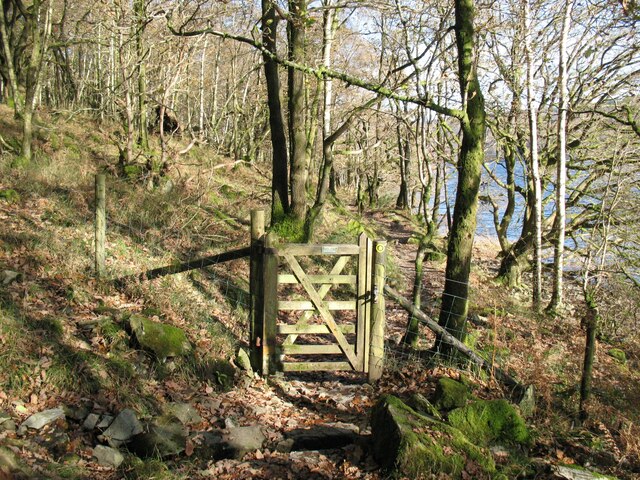
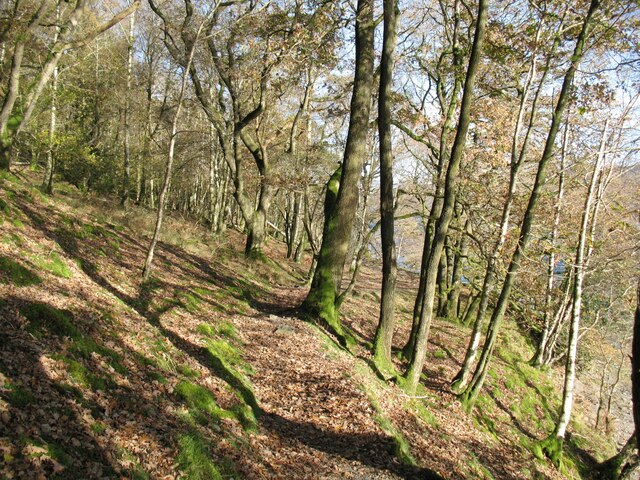
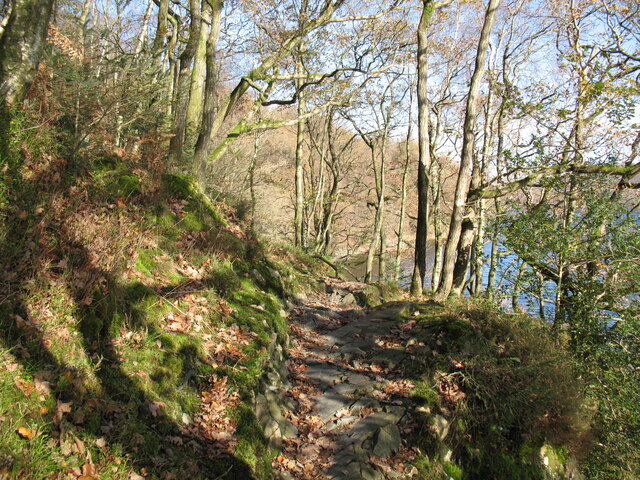
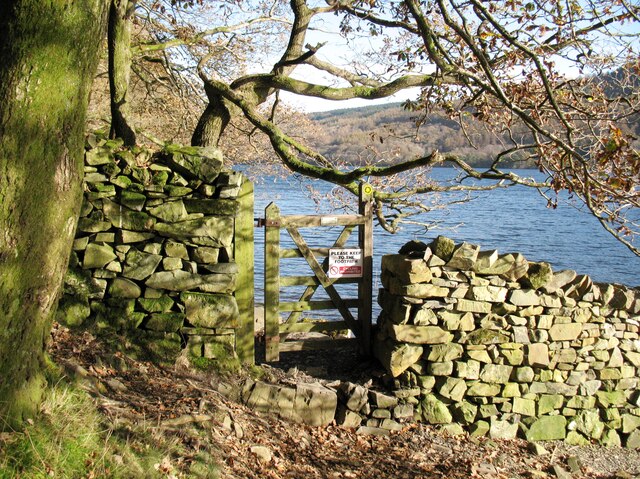
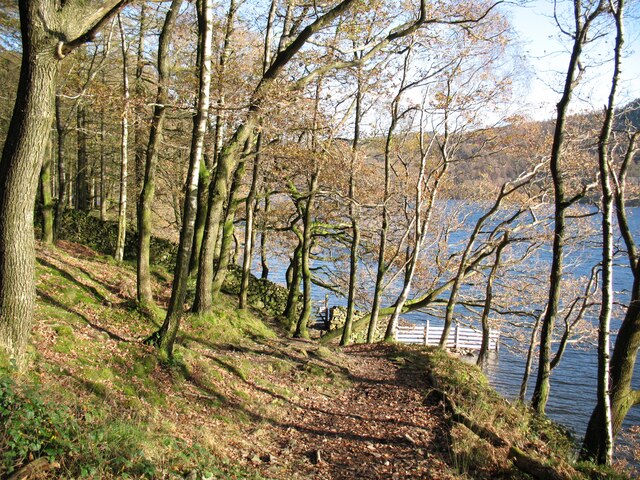
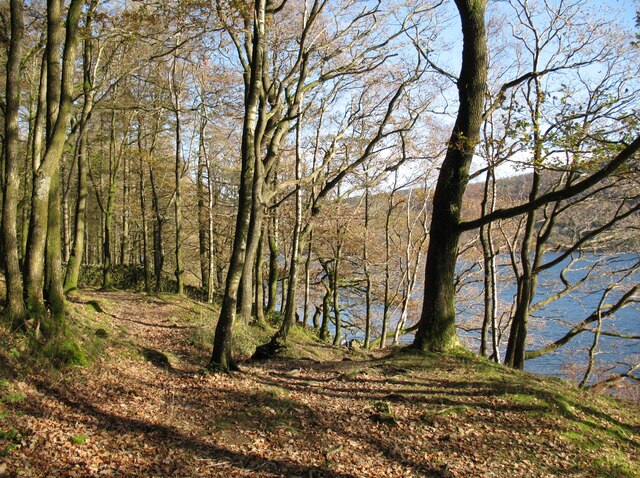
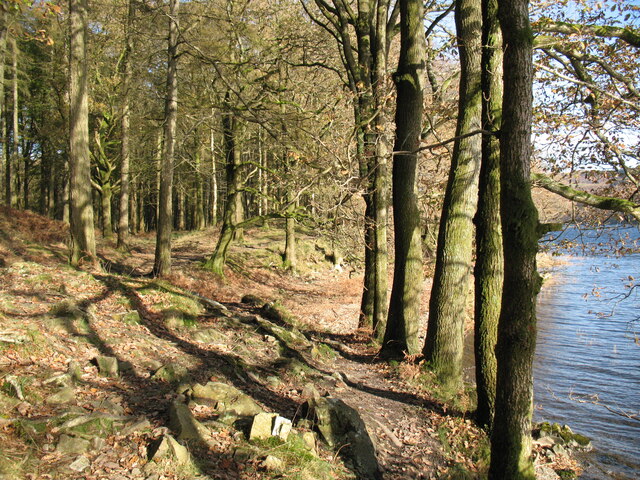
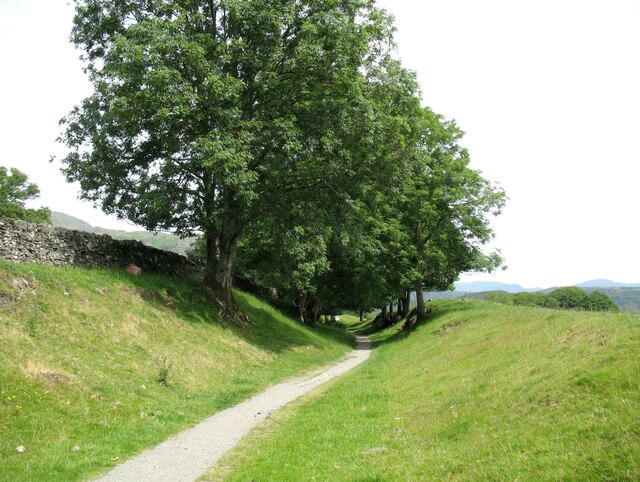
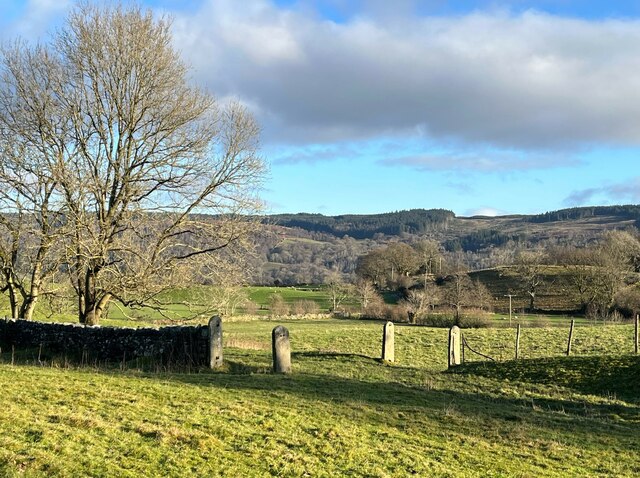
Cock Point is located at Grid Ref: SD3094 (Lat: 54.343319, Lng: -3.0663909)
Administrative County: Cumbria
District: South Lakeland
Police Authority: Cumbria
What 3 Words
///shield.blitz.disbanded. Near Windermere, Cumbria
Nearby Locations
Related Wikis
Coniston Water
Coniston Water is a lake in the Lake District in North West England. It is the third largest by volume, after Windermere and Ullswater, and the fifth-largest...
Lawson Park
Lawson Park is a remote English Lake District hillfarm, leased by Grizedale Arts (a contemporary art commissioner) from the Forestry Commission. It is...
Brantwood
Brantwood is a historic house museum in Cumbria, England, overlooking Coniston Water. It has been the home of a number of prominent people. The house and...
Coniston Hall
Coniston Hall is a former house on the west bank of Coniston Water in the English Lake District. It is recorded in the National Heritage List for England...
Bowmanstead
Bowmanstead is a village in Cumbria, England. It is situated 1 mile to the south of Coniston and contains a Catholic church and a pub - The Ship Inn, it...
Carron Crag
Carron Crag is a small fell in Grizedale Forest in the English Lake District with a height of 314 metres (1,030 ft). Adjacent to the trig point is a large...
Torver railway station
Torver railway station served the village of Torver, in Lancashire, England (now in Cumbria). It was on the branch line to Coniston. == History == Authorised...
Yewdale Beck
Yewdale Beck is a river in Lake District, Cumbria, England. The Yewdale Beck arises from the confluence of Henfoot Beck and Swallow Scar Beck, as well...
Nearby Amenities
Located within 500m of 54.343319,-3.0663909Have you been to Cock Point?
Leave your review of Cock Point below (or comments, questions and feedback).
